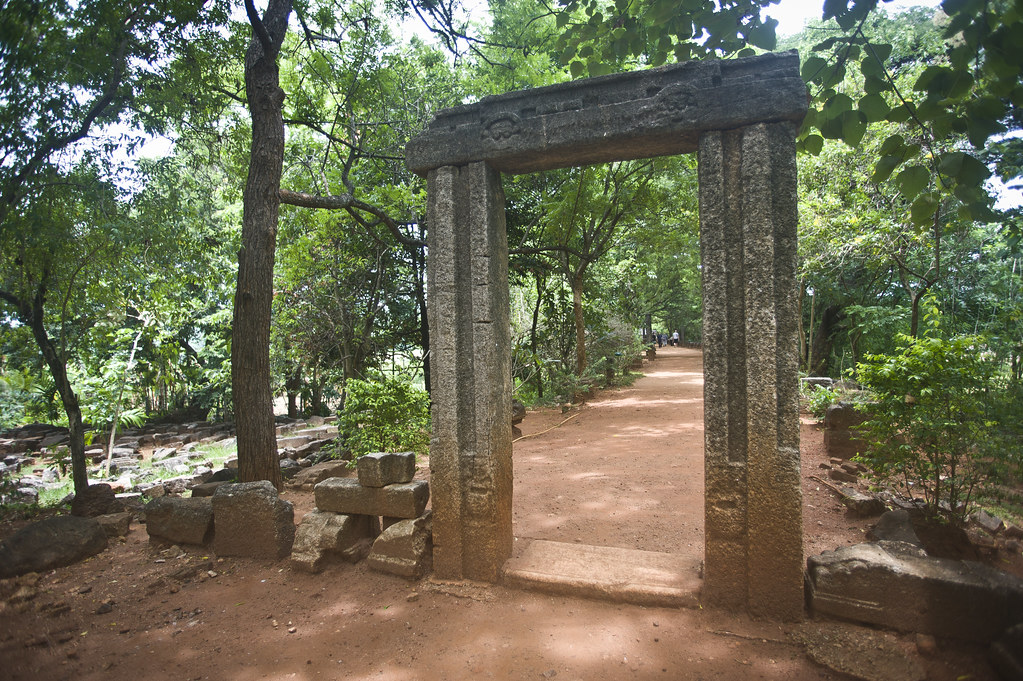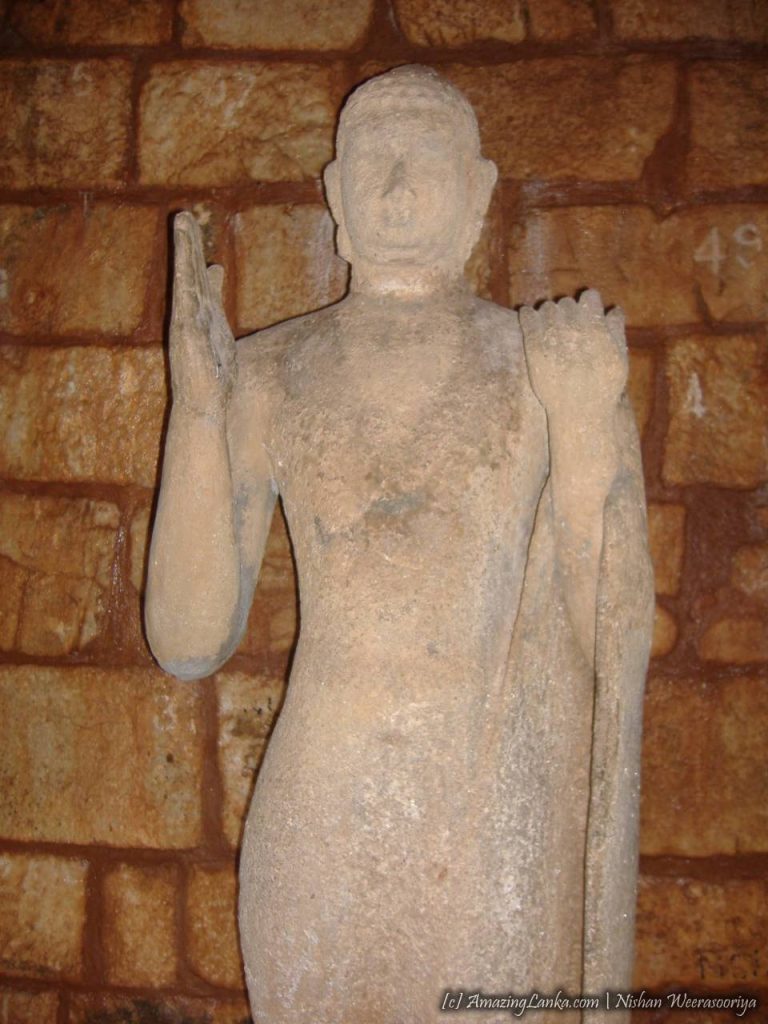Nestled amidst the lush greenery near Matale, Sri Lanka, lies an architectural enigma that has baffled historians and archaeologists for centuries: Nalanda Gedige. This ancient edifice, believed to be over a thousand years old, stands as a testament to the rich cultural tapestry of the island nation.
History veiled in mystery
The origins of Nalanda Gedige date back to the tumultuous period between the 8th and 10th centuries AD, a time of transition and cultural exchange in Sri Lanka. Some scholars speculate that it was conceived as a bold synthesis of Tamil and Sinhalese architectural styles, reflecting the intermingling of cultures during that era. Others suggest that it began as a Hindu temple built in the Pallava tradition, later repurposed by Buddhists. Regardless of its origins, Nalanda Gedige eventually fell into obscurity, swallowed by the encroaching forest, its secrets hidden from the world.
Rediscovery and preservation efforts
In 1893, the veil of secrecy surrounding Nalanda Gedige was lifted when H. C. P. Bell, the Archaeological Commissioner of Sri Lanka, stumbled upon the structure buried deep within the jungle. Recognizing its historical significance, Bell embarked on a mission to study and preserve the site. His efforts included acquiring the surrounding land and initiating measures to uncover and protect the ancient shrine.
However, concerns about the structural integrity of Nalanda Gedige persisted. Bell contemplated relocating the entire edifice to a safer location but was unable to realize his plans during his tenure. It wasn’t until the 1980s, when the threat of flooding loomed due to the construction of the Bowatenne Tank, that steps were taken to dismantle and rebuild the shrine on higher ground. Today, Nalanda Gedige stands proudly beside the tank, a testament to human ingenuity and perseverance in the face of nature’s challenges.
A tapestry of architectural styles
The architectural marvel of Nalanda Gedige lies in its eclectic blend of Hindu and Buddhist elements, a reflection of Sri Lanka’s diverse cultural heritage. While its layout resembles that of a traditional Hindu temple, with mandapams and a central shrine, the absence of Hindu deities within the structure is a perplexing anomaly. Instead, the temple is adorned with Tantric Buddhist carvings, reminiscent of the famed erotic sculptures found in Khajuraho, India.
Renowned researcher Roland Raven-Hart aptly described Nalanda Gedige as a fusion of styles, where Buddhist and Hindu influences intertwine seamlessly. From the Sinhalese moonstone to the Tamilian jambs, every architectural detail tells a story of cultural convergence and artistic innovation.
Exploring Nalanda Gedige today
Nalanda Gedige stands as a testament to Sri Lanka’s rich cultural heritage and the enduring legacy of its ancient civilizations. Today, visitors can marvel at this architectural marvel, located not far from the bustling city of Kandy. As you wander through its hallowed halls and intricate carvings, take a moment to ponder the mysteries that shroud this ancient shrine.
To truly appreciate the significance of Nalanda Gedige, delve into the realms of classical Hindu temple architecture and Tantric Buddhist symbolism. Only then can you begin to unravel the complexities of this enigmatic masterpiece, where the past converges with the present in a timeless dance of stone and spirit.







